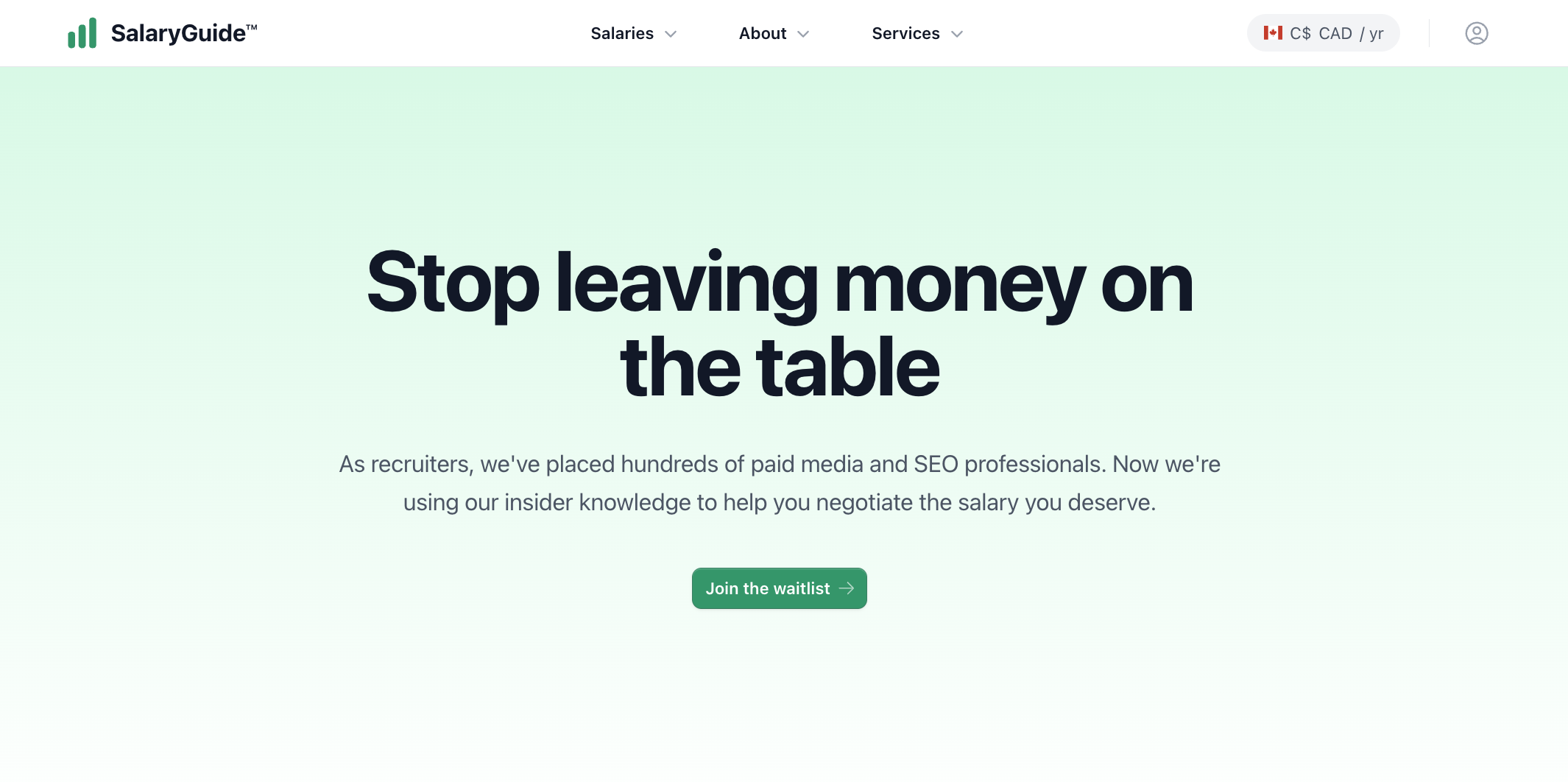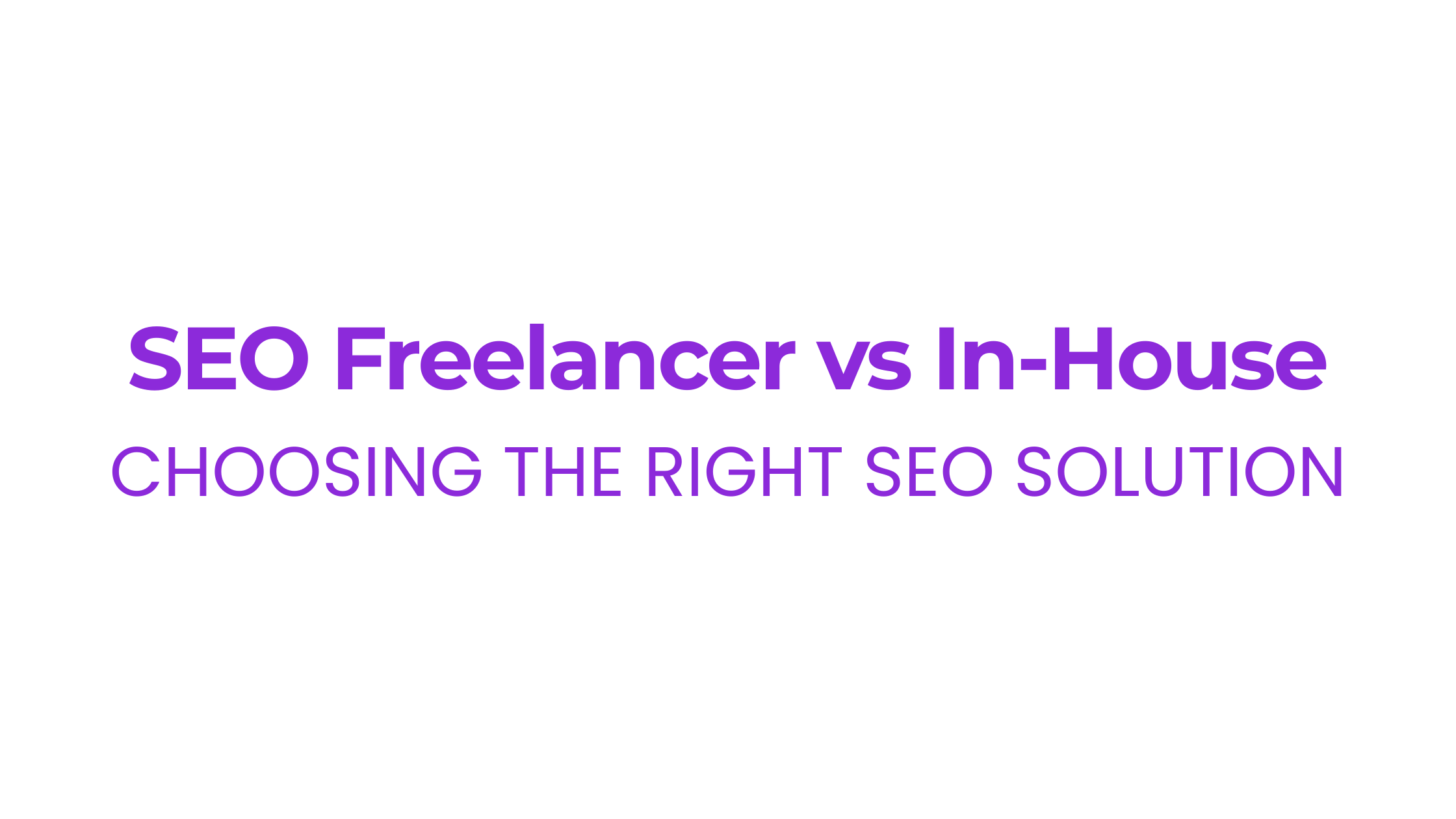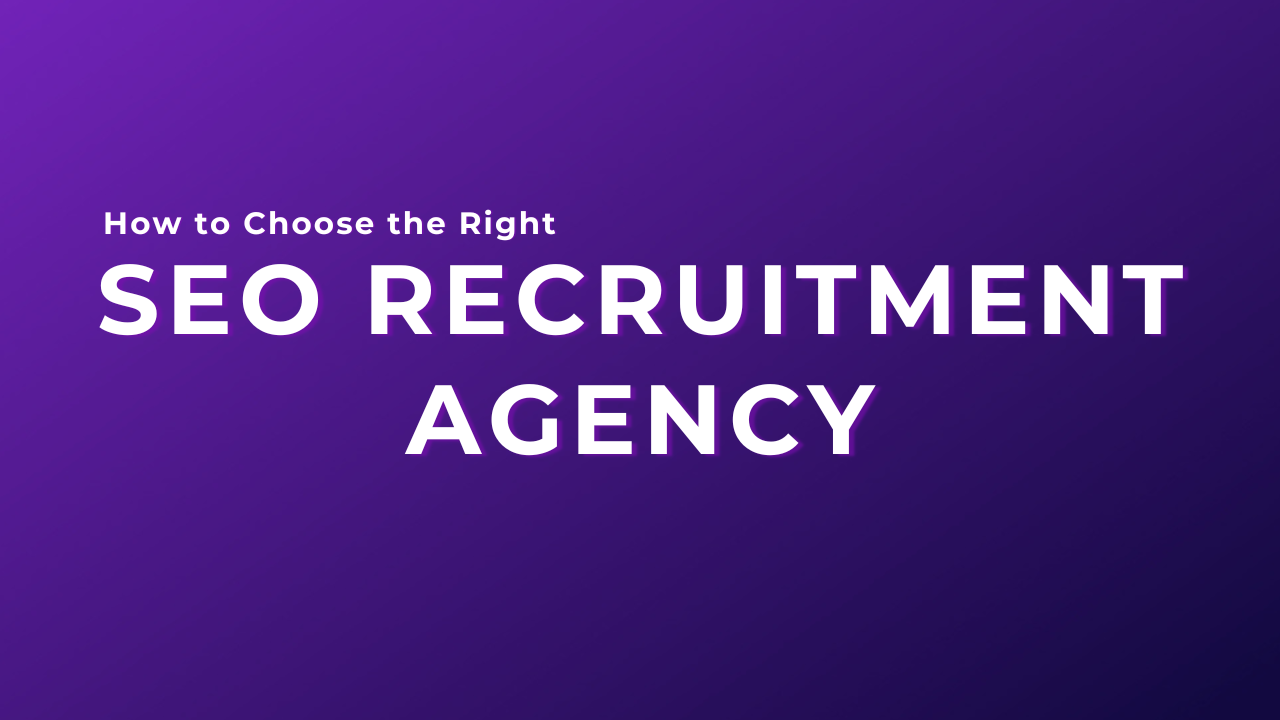TL;DR
An SEO agency can quickly transform into a productised-SEO agency by restructuring its offerings into repeatable, scalable services. Target B2B companies needing more leads, craft a clear service narrative, map your SEO offer journey with tools like Coggle or ClickUp, then streamline into a productised SEO business plan. Develop concise SOPs, reduce internal roles to core positions, and build a culture of adaptability—allowing you to scale your SEO agency model within months.
Key Takeaways
- An agency can become a productised-SEO agency with strategic SEO productisation model restructuring.
- Target B2B companies needing increased leads and craft a SEO service narrative centered on their pain points.
- Use tools like Coggle or ClickUp for SEO process mind map and plot the customer journey from A (pain) to B (success).
- Streamline into a productised SEO business plan, then develop clear SEO agency SOPs and training manuals.
- Focus on productised SEO staffing by reducing roles and defining three core positions before scaling.
- Embed a culture of adaptability to grow your scalable SEO agency model within months.
“An SEO agency can become productised at any moment. All it requires is a little bit of restructuring to make a massive difference. The payoff can be tremendous. Case in point look at The HOTH.”
Gillespie, 2020 (HothBlog)
As Gillespie puts it, ‘an SEO agency can become productised at any time’, which is great–for many of you reading who are currently contemplating the move–and, with this many benefits attached to the shift in the business model, we aim to ask: why not make the move to productise SEO as an offer?
- First, you will need to understand who you’re targeting; and as we mentioned in the above section, an agency looking to productise SEO will mainly want to target:
- B2B companies
- With a need for increased leads (sales)

- Once identified, you will want to craft a narrative that places that target market in the centre of the story, with your services as the solution to their specific needs. A clear example provided by the BluePrint Training offers the following:
- Who needs this? Personal injury law firm
- What do they want? Higher rankings, more traffic, more cases (clients)
- How do they get it? SEO (highly specialised for personal injury law firms, monthly retainers, an ROI in under 6-months)
- With the above identified, you can move on to then plot the narrative involving:
- Starting at a pain point and ending with a happy client
- Map out the steps that got you from A (pain points) to B (happy client). This will be used to help you create the foundation of your processes and services
- Only aim to keep your potential threats and roadblocks to about 3-5, so that you can focus on the main pain points and solutions. Focusing on too many at once may overcomplicate your systems and exhaust your resources
- Thereafter, mind map the productised SEO offer for your clients: What does their journey with your services look like? Coggle is a great free tool to use for mind mapping the process, alternatively, ClickUp.

- Once everything is down on paper, streamline it and clear up the process so that the steps are brought down to its absolute essence. You can aim to include questions such as the following in your processes:
- What are we delivering?
- Why are we doing this?
- How do we deliver this?
- Is this service adding value for clients?
- Once completed, you can transfer this information into a business plan: a.k.a, your productised SEO agency plan.
The Blueprint Training highlights an important note on this step: make sure that you’ve got your services productised first, and then focus on staffing. For their internal staffing model, they managed to take 5 positions down to 3 roles internally, through this process.
- Once the plan is crafted, you can then move onto developing your SOPs and training manuals. SOPs will need to:
- Document the deliverables required
- Record Loom videos for staff – inclusive of software links and logins
- Ensure there is a manager to refine and clarify SOPs
Remember that these are working documents and can/will be adapted to client projects and other external factors.
With the above steps in motion, you’ll be able to scale-up your newly productised SEO agency within a few months. Remember that the process is not an instant shift, and that learning takes place as you go–as the process and model is adaptable to different niches, locations and more. Ensuring that you implement a healthy habit and culture of adaptability into your work and team structure is the most sure-fire way to manage this process.
For more information, find our blog on the best performing niches for productised SEO agencies.
FAQs
Q1: What is a productised-SEO agency?
A productised-SEO agency packages repeatable SEO deliverables into standardized offerings, making it easier to scale and maintain consistent quality.
Q2: How do you build an SEO service narrative?
Identify your target (e.g., B2B companies), define their needs (higher rankings, more traffic), then map steps from pain points to results in your SEO offer journey mapping.
Q3: Which tools help with SEO process mind map creation?
Free tools like Coggle and project platforms like ClickUp are ideal for visualizing each stage of your SEO productisation model.
Q4: What should be included in SEO agency SOPs?
Document required deliverables, record Loom walkthroughs with software links, assign a manager to refine, and ensure SOPs remain adaptable for each client.
Q5: When should I focus on productised SEO staffing?
After finalizing your productised SEO business plan, reduce internal roles to core functions (ideally three) before hiring or expanding your team.
Q6: How quickly can a productised-SEO agency scale?
With a clear plan, SOPs, and a culture of adaptability, you can scale your scalable SEO agency model within a few months.



